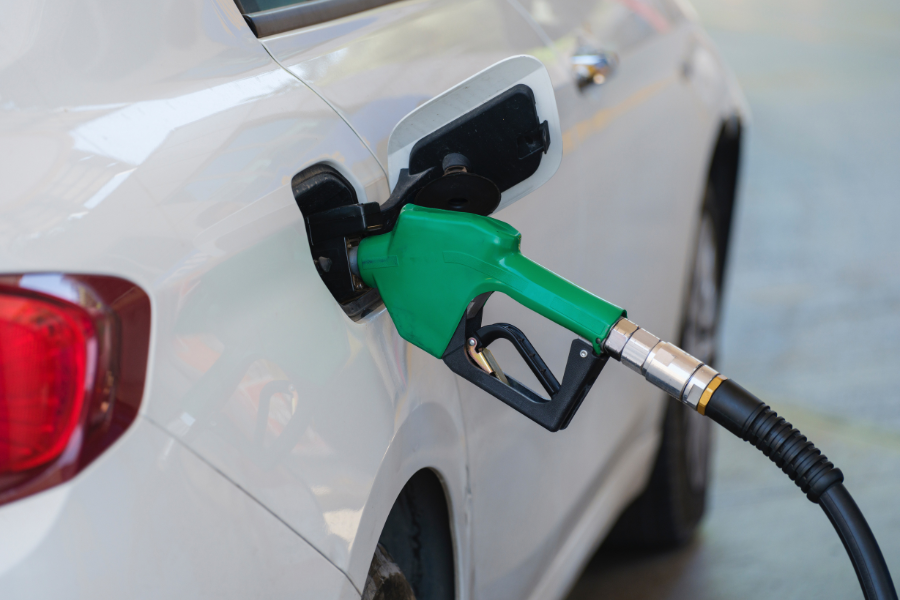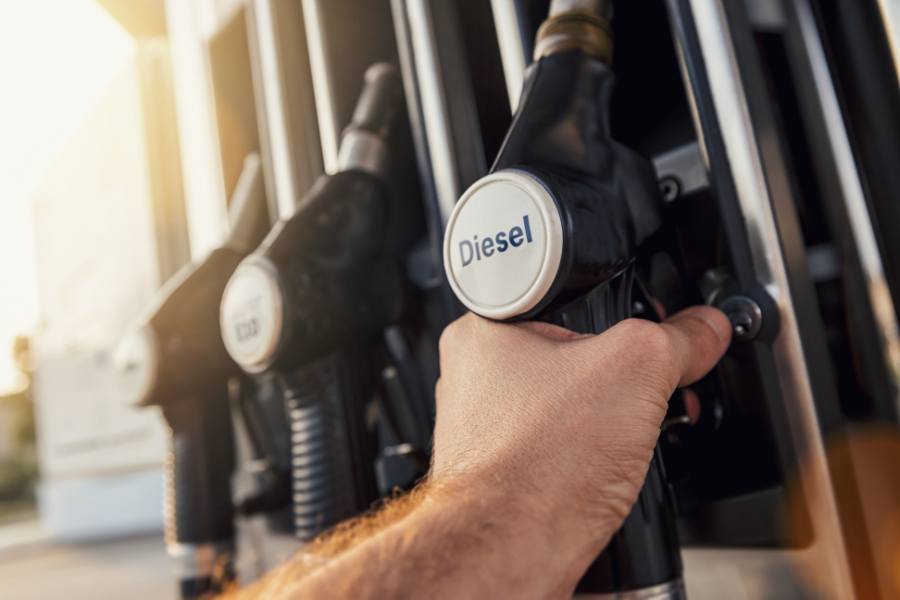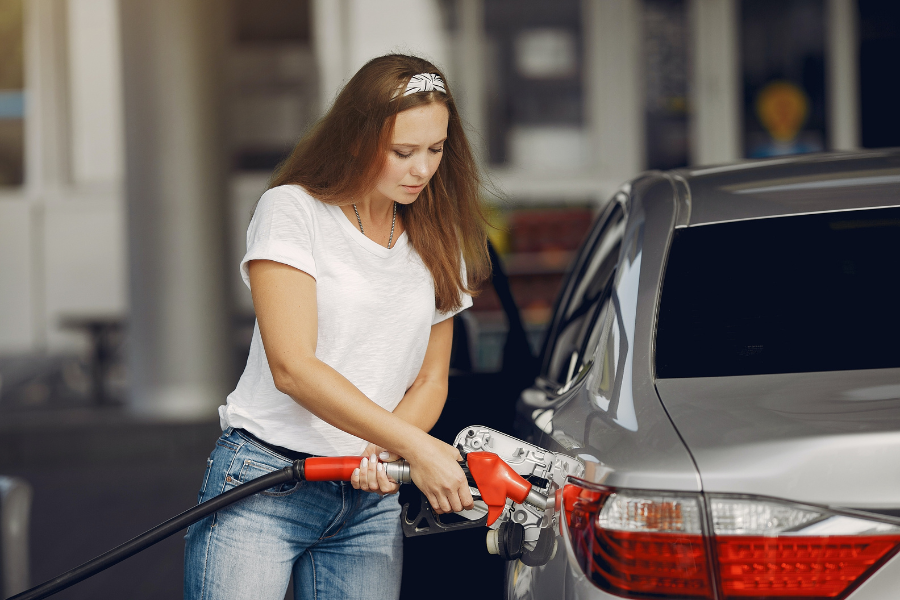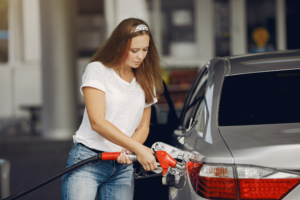When you pull up at a petrol station, you’ll notice the different types of fuel available at the bowser. It can be confusing to know which is the right fuel for your car’s engine. Let us take you through the fuel types you’re likely to see when you fill up.
What is octane fuel rating?
An octane rating is used to measure the stability of a fuel. This means the fuel’s capacity to avoid combusting too early when it’s compressed inside the engine. The higher the octane rating, the better the ability of a fuel to avoid pre-igniting or ‘knocking’ around the engine when you’re driving. It’s important to check your owner’s manual so you know which type of petrol to fill your car up with. A handy tip is you can also check the filler cap to find this information.
Always use the recommended petrol and not one with a lower octane rating, for example, using 91 in an engine designed for 98 could result in damage. As a general rule, you can put a higher-octane fuel in your car than the manufacturer’s requirement, but not the other way around.
Standard Unleaded Petrol (ULP)
This petrol has an octane rating of 91 and is considered as ‘regular’ unleaded rather than being classed as ‘premium.’ Most petrol cars in Australia will take regular ULP and as such, it’s the most common type of petrol. ULP is currently being phased out in some Australian states and being replaced by E10.

E10
E10 is a mixture of 90% unleaded petrol and 10% ethanol. Most modern cars will run E10, while some older cars may not have E10-proof materials inside their fuel systems. If you’re ever unsure, always check your owner’s manual.
The benefit of E10 over ULP is that it burns cleaner and therefore leads to lower emissions. However, E10 has a lower energy content than ULP, which means that your fuel economy will decrease when using E10 and you’ll find yourself filling up more often.
Premium 95-Octane Unleaded Petrol (PULP 95)
PULP 95 is usually the entry level fuel for some European cars like BMW and Mercedes. If your car has a ‘Premium Unleaded Only’ message on the filler cap, then you should be using PULP. Using anything less like E10 or ULP will damage the engine – resulting in some expensive mechanical repair work.
Premium 98-Octane Unleaded Petrol (PULP 98)
If you drive a supercharged car, then 98-Octane is the fuel for you. It’s the most expensive on the market because it uses more energy to keep high-powered engines running.
It’s important to keep in mind that filling your engine with a premium fuel (95 or 98) won’t necessarily improve your engine’s performance or fuel economy unless the engine is specifically designed to run on those fuels.

Diesel
Diesel fuel is denser than petrol and is designed to be used only in diesel engines. This means that, generally, diesel provides a higher fuel efficiency than petrol, but it also emits more greenhouse gases than petrol does.
If you would like to know more about the best option for your vehicle, speak to one of our expert mechanics during your next service.






